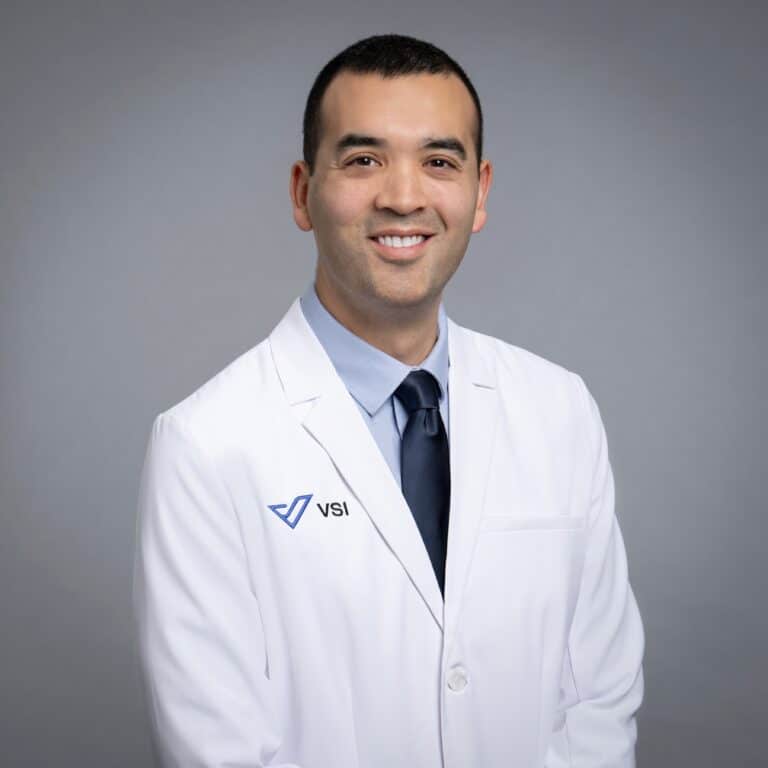When Back Pain is Nothing to ‘Cheer’ About
When Maggie was a junior in high school, the competitive cheerleader suddenly found herself in pain so excruciating, it felt like her leg was on fire. The active tumbler couldn’t sit for more than 20 minutes, sleep, bend, easily walk or cheer. She was forced to give up her sport for several months while she met with doctors and searched for answers.
After seeing multiple doctors, she was diagnosed with Bertolotti Syndrome, a condition caused by a congenital defect of the last vertebra in the lumbar spine. It’s fairly rare overall — although personally I think it should be better understood because it is a common cause of back pain in young people. Knowing what she had was one thing. But what she needed most of all was a treatment and that was difficult to find too.
When she finally found her way to me, I recommended surgery. We did it in 2022 to remove an extra transitional vertebrae on her lower spine that was sitting on her sciatica nerve and very quickly after the procedure — her pain disappeared.
Listen to the Podcast:
Within two weeks Maggie was tumbling again. She tried out for and made the cheer squad at Clemson University and now she is now pain-free and living her dream in her freshman year of college, including cheering at football games every Saturday.
Maggie’s story is an inspiring one because it offers a lot of ideas for other young athletes struggling with terrible pain, and there are an increasing number of them.
Sports injuries and young athletes
Friday Night Lights are burning brightly with fall sports in full swing and unfortunately, that means sports injuries are on the rise too, sidelining teens more often than ever. Back injuries are among the most common, whether you’re a committed and competitive athlete, or a weekend warrior.
- Each year there are more than 5 million sports injuries at the high school level with football injuries being the most common.
- Injury rates are increasing in many other youth sports too including competitive cheer, soccer and wrestling.
- Some of these injuries to young athletes are also getting more severe.
What’s causing this? A higher level of competition and physical difficulty for sure. Genetic factors can be at play. Finding help can also be difficult because in at least a third of cases, doctors dismiss young people’s chronic pain.
Another chief culprit is sports specialization. Young athletes today often train and compete year-round at a very high level of competition and physical difficulty in a single sport — it’s also common with young, talented musicians performing at a high level. These repetitive motions, over time, can trigger injuries and pain.
What to do about it?
So how do parents know if their child is dealing with a serious injury or if their child just needs rest? Start with rest. If the pain subsides, that’s a good sign. If it intensifies, seek help. And if it goes on more than a few days to a week without decreasing, I’d seek out a doctor for my child.
What should you do if doctors don’t believe the severity of your child’s pain? Unfortunately, this does happen. I hear time and time again from young people and their parents who say doctors dismissed them — not believing the severity or frequency of their pain or telling them it would resolve over time because they’re young. That isn’t acceptable and it isn’t always true.
My recommendations — trust your gut. I find athletes, even young ones, are very in tune with their body. They know when it feels right, when it doesn’t and when it’s impacting their performance. So keep searching until you find a doctor who will listen, believe you and most importantly — search for solutions, until your athlete is back to being pain free and doing the activity they love.
Watch on Youtube
Topics covered
About the Author
Featured Resources
Insights to Achieve a Pain-Free Life


